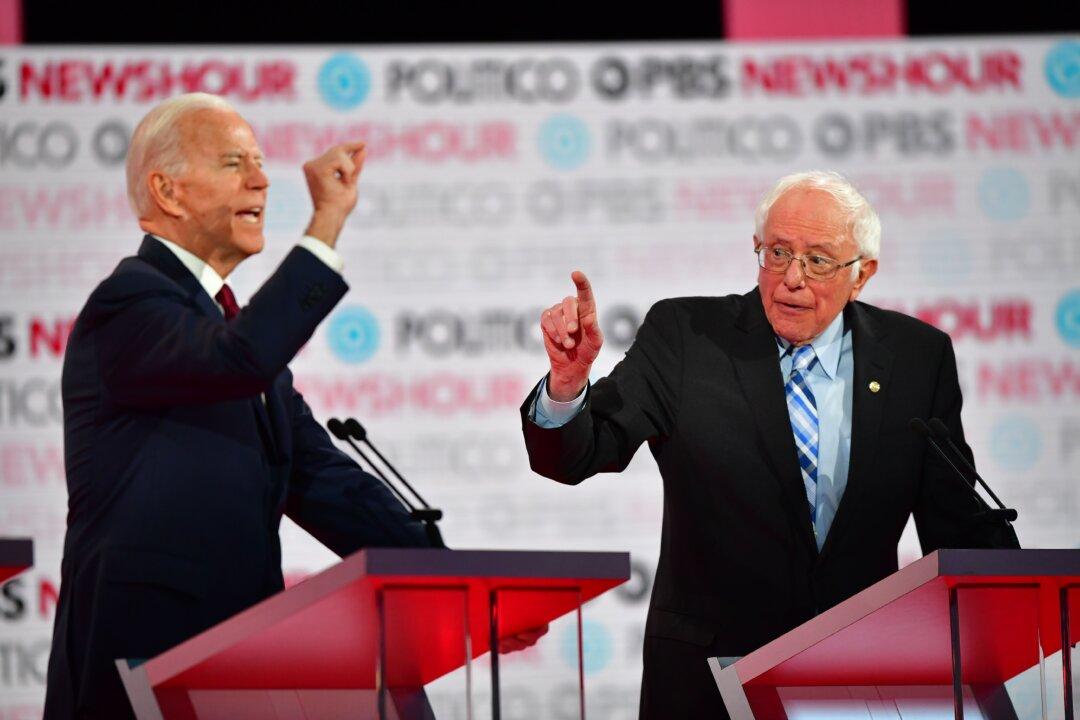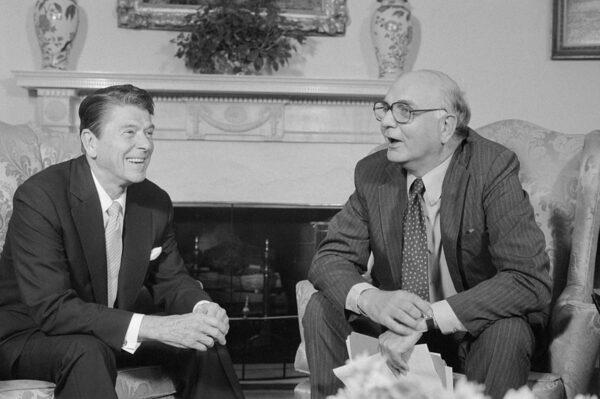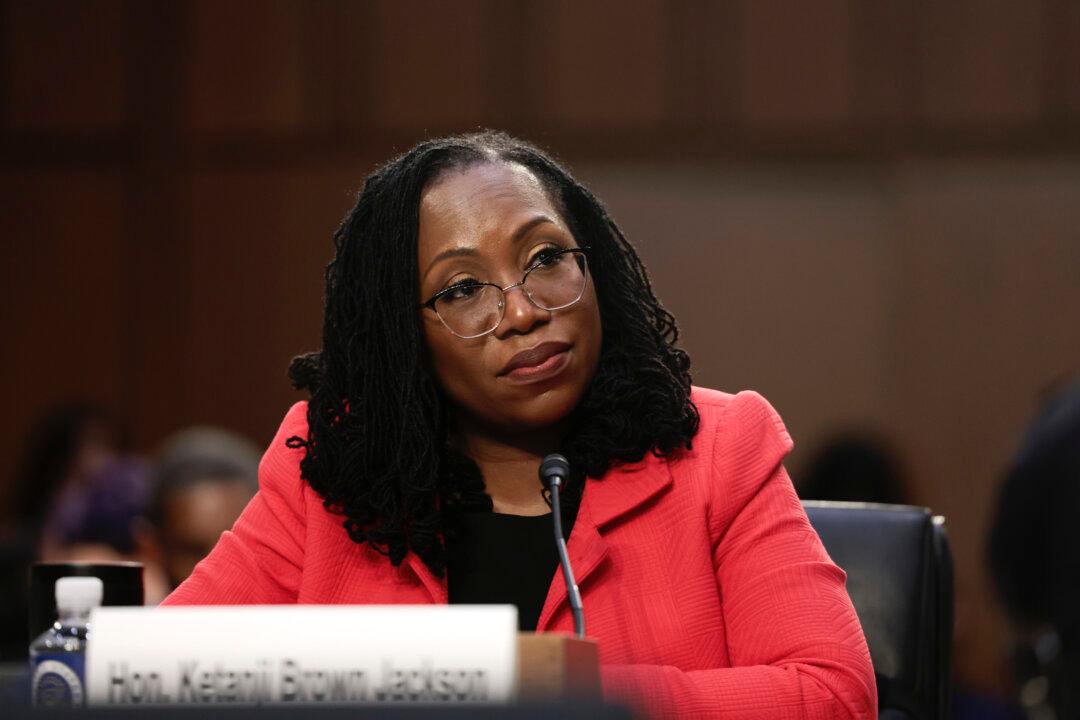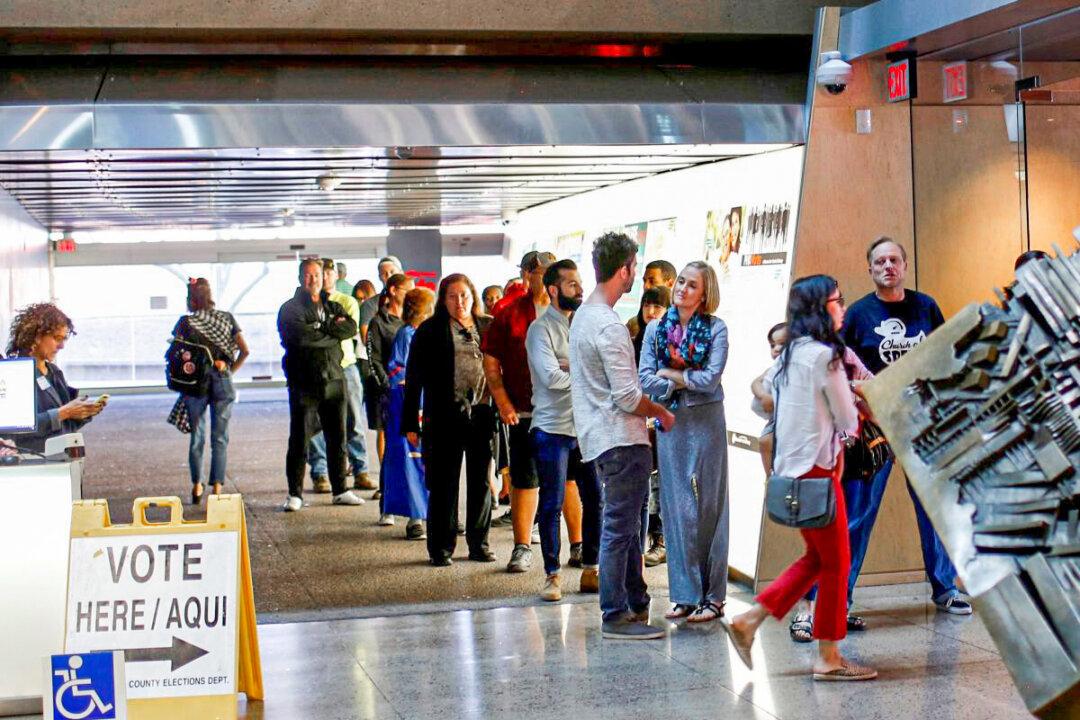There was a time when people said, “So goes California, so goes the nation.” In the 2018 midterm elections, as many as 10 California House seats are drawing the attention of—and large donations from—Democrats in their quest to regain control of the House.
How those California races conclude may well decide which party controls the U.S. House of Representatives.





